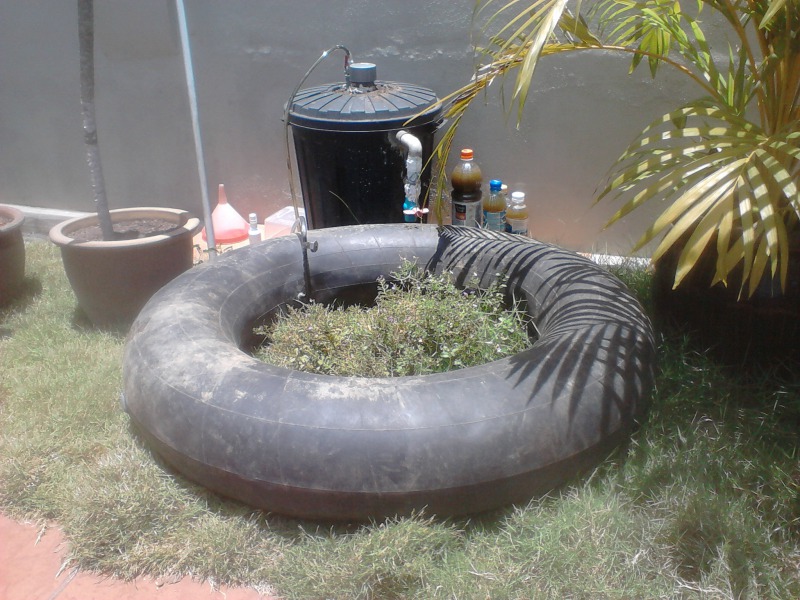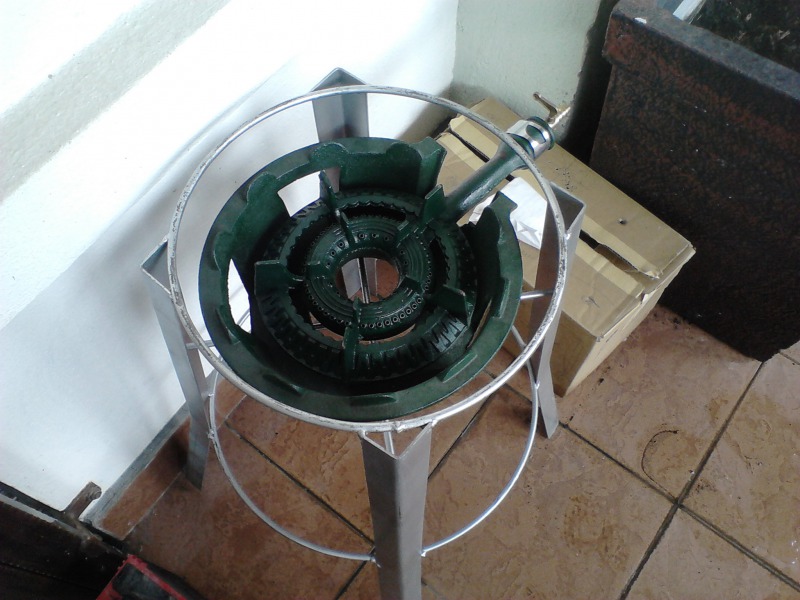The biogas digester is composed of a green house made with hollow sunlight sheet and metal supporting frame, a membrane digester with a gas storage bag combined in one, a stainless steel sink, a stainless steel outlet, a biogas filter and a biogas booster pump:
1. Biogas production of 2m3/day is good enough for a family
2. It is a DIY kit small scale biogas system for convenient transport and easy assembly.
3. It is surface mounted, there is no need for digging or heavy construction.
4. It can be assembled within 2 hours by anyone with manual and video guidance.
5. Treated organic waste locally, use biogas for cooking, electricity or feed garden with nutritious liquid fertilizer.
6. Used for family, farm, restaurant, hotel, resort to treat organic waste, such as food waste, sewage sludge, animal waste.
7. Light weight and easy to install, packed in carton box.
8. Life span more than 10 years - made of stainless steel frame
9. Raw material of green house and PVC biogas storage bag
10. Specification 156*120*195cm
11. Methane Content 65% which is excellent for cooking
1. Biogas production of 2m3/day is good enough for a family
2. It is a DIY kit small scale biogas system for convenient transport and easy assembly.
3. It is surface mounted, there is no need for digging or heavy construction.
4. It can be assembled within 2 hours by anyone with manual and video guidance.
5. Treated organic waste locally, use biogas for cooking, electricity or feed garden with nutritious liquid fertilizer.
6. Used for family, farm, restaurant, hotel, resort to treat organic waste, such as food waste, sewage sludge, animal waste.
7. Light weight and easy to install, packed in carton box.
8. Life span more than 10 years - made of stainless steel frame
9. Raw material of green house and PVC biogas storage bag
10. Specification 156*120*195cm
11. Methane Content 65% which is excellent for cooking
- Construction video:
DIY kit assemble mini biogas digester for family use
Need Biogas Now?









